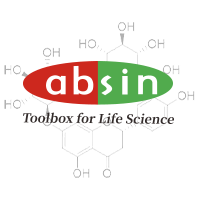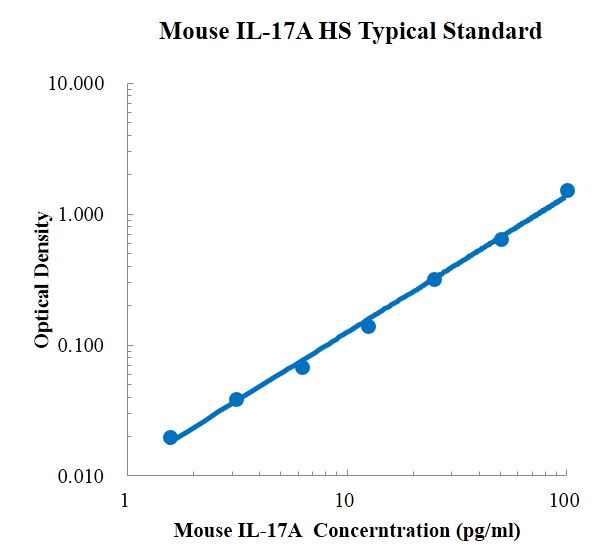Product Details
Product Details
Product Specification
| Description |
Detection Principle: This kit uses double antibody sandwich ELISA technology. Specific anti mouse IL-17A capture antibody was pre coated on a high affinity microplate. Add the standard and the sample to be tested into the wells of the enzyme plate in turn, shake well and mix well, and then place it at room temperature for 2 hours of incubation process. IL-17A in the sample binds to the solid-phase antibody. After thorough washing to remove free and unbound components, biotinylated detection antibody was added for incubation. After washing again, streptavidin HRP (sa-hrp) labeled with horseradish peroxidase was added. After washing, signal enhancer was added for incubation. After washing to remove unbound material, sa-hrp was added again. After washing again, TMB chromogenic substrate was added and incubated at room temperature in the dark to develop color. The depth of color response is positively correlated with the concentration of IL-17A in the sample. Add stop solution to stop the reaction, and use a microplate reader to measure the absorbance value at 450 nm detection wavelength (correction wavelength 570-630 nm). Detection Type: Double antibody sandwich method Form: Pre coated 96 well plate Test Sample Type: cell supernatant, serum, plasma Loading Amount: 100 μ L Kit Components: A copy of pre coated 96 well plate, standard, biotin labeled IL-17A detection antibody, standard dilution, detection buffer, signal enhancer, signal enhancer dilution, TMB chromogenic substrate, washing solution, termination solution, sa-hrp, plate sealing membrane and instructions. Sensitivity: 0.18 pg/ml Detection Range: 1.56-100 pg/ml Recovery Range: 82-120% Storage Method: 2-8 ℃ Standard Curve:
Background: Interleukin 17a (IL-17 or IL-17A), is a representative member of the IL-17 family cytokine class. IL-17 cytokines can effectively recruit monocytes and neutrophils to the site of inflammation by increasing the production of chemokines in tissues, thereby delaying the onset of inflammation. IL-17 is produced by helper T lymphocytes and can be induced by IL-23. When extracellular pathogens invade the immune system, IL-17, as a proinflammatory cytokine, will respond and destroy pathogen cells. IL-17 can coordinate with tumor necrosis factor and IL-1, and plays an important role in many immune related diseases, such as rheumatoid arthritis, asthma, lupus, allograft rejection, anti-tumor immunity, psoriasis, multiple sclerosis. |



